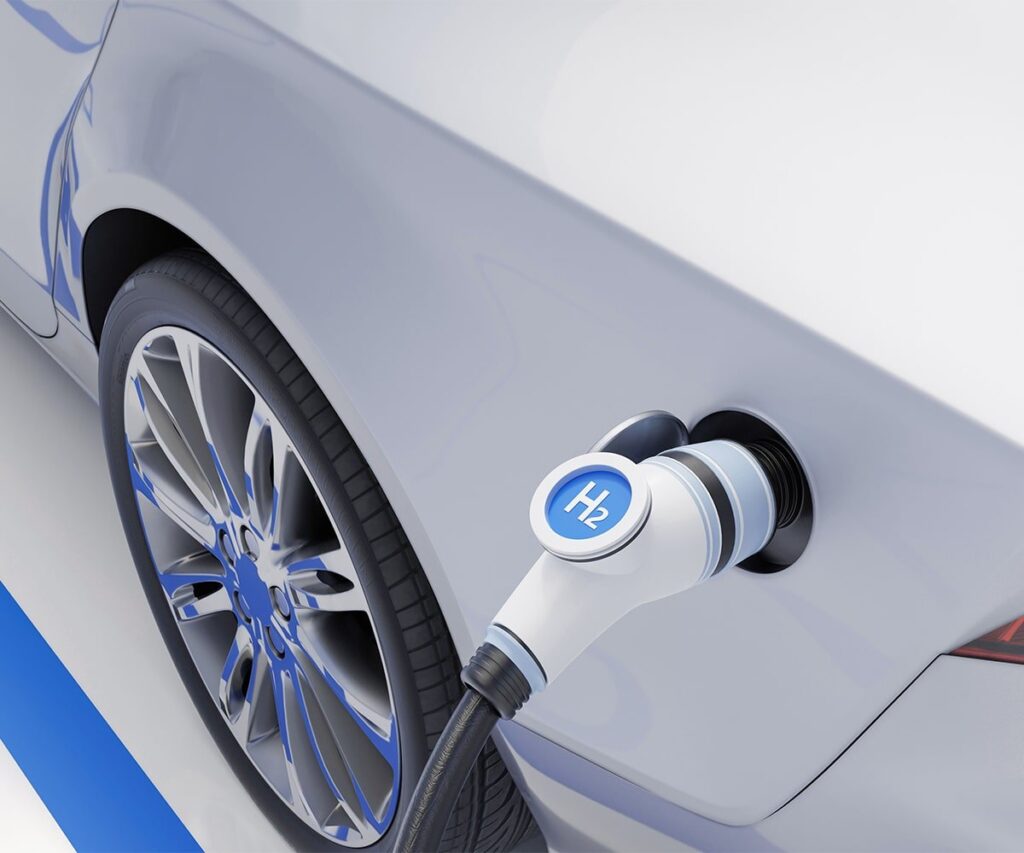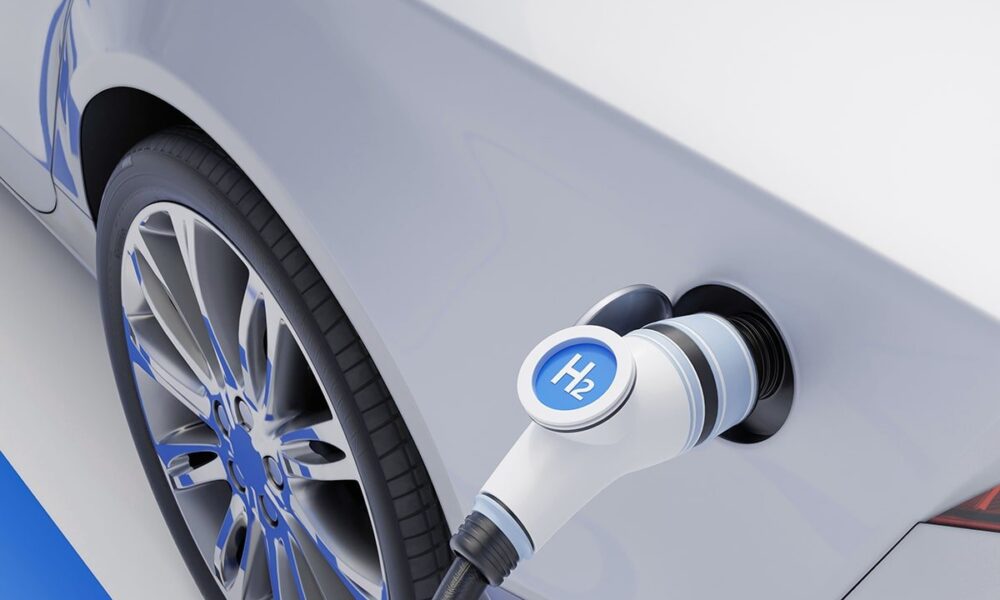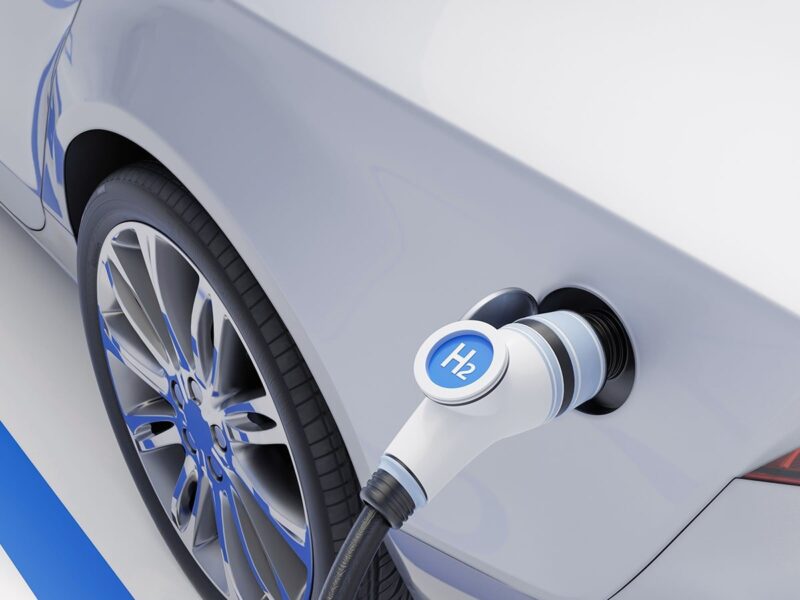Hydrogen energy storage is a promising solution for storing renewable energy generated from sources such as wind and solar power. It involves converting surplus electricity into hydrogen through a process called electrolysis, which splits water molecules into hydrogen and oxygen. The produced hydrogen can then be stored for later use and converted back into electricity through fuel cells or combustion when energy demand is high. Here's an overview of hydrogen energy storage and its significance:Intermittent Nature of Renewable Energy: Wind and solar power are intermittent energy sources, meaning their output fluctuates based on weather conditions and time of day. This intermittency poses challenges for grid stability and reliability, as electricity supply must match demand in real-time. Energy storage technologies like hydrogen offer a way to capture excess renewable energy when it's available and use it when needed, thereby balancing supply and demand on the grid.Electrolysis: The process of electrolysis involves passing an electric current through water (H2O) to split it into hydrogen (H2) and oxygen (O2). This process requires electricity, which can come from renewable sources such as solar or wind power. Electrolyzers, the devices used for electrolysis, come in various types, including alkaline, proton exchange membrane (PEM), and solid oxide electrolyzers, each with its advantages and applications.Hydrogen Storage: Once produced, hydrogen can be stored in various forms, including compressed gas, liquid hydrogen, and solid-state materials. Compressed gas and liquid hydrogen are common storage methods and are suitable for large-scale applications such as industrial use and transportation. Solid-state materials, such as metal hydrides and carbon-based materials, offer potential for compact and safe storage solutions.Fuel Cells: Hydrogen stored in fuel cells can be converted back into electricity through electrochemical reactions, with only water and heat as byproducts. Fuel cells are highly efficient and can provide continuous power on-demand, making them suitable for stationary power generation, backup power systems, and fuel cell vehicles.Grid Balancing and Peak Shaving: Hydrogen energy storage can help balance electricity supply and demand on the grid by storing excess renewable energy during periods of low demand and releasing it during peak hours or when renewable energy generation is low. This "peak shaving" capability reduces the need for conventional fossil fuel-based power plants and helps integrate more renewable energy into the grid.Long-Term Storage: Hydrogen has the advantage of being able to be stored for extended periods without significant degradation, making it suitable for long-term energy storage applications. This is particularly valuable for seasonal storage, where surplus renewable energy generated during periods of high production (e.g., summer for solar power) can be stored and used during periods of low production (e.g., winter).Decarbonization and Energy Transition: Hydrogen energy storage plays a crucial role in the transition to a low-carbon energy system by enabling the integration of more renewable energy sources and reducing reliance on fossil fuels. It can support efforts to decarbonize various sectors, including transportation, industry, and power generation, by providing clean and flexible energy solutions.Challenges and Opportunities: Despite its potential, hydrogen energy storage faces challenges such as cost, efficiency, infrastructure, and safety considerations. Overcoming these challenges will require continued research, innovation, and investment in hydrogen technologies and infrastructure. However, as renewable energy deployment continues to grow and the need for flexible and sustainable energy solutions increases, hydrogen energy storage is expected to play an increasingly important role in the future energy landscape.In conclusion, hydrogen energy storage offers a versatile and scalable solution for storing renewable energy and enabling the transition to a sustainable energy future. By providing grid balancing, long-term storage, and clean energy options, hydrogen energy storage contributes to decarbonization efforts and supports the integration of renewable energy into the global energy system. Continued advancements in technology and supportive policies are essential to realizing the full potential of hydrogen energy storage and accelerating the transition to a low-carbon economy.

Green Energy
Green energy, also known as renewable energy or clean energy, refers to energy sources that are environmentally friendly and sustainable over the long term. Unlike fossil fuels, which are finite and contribute to pollution and climate change, green energy comes from natural resources that are replenished continuously and have minimal environmental impact
Hydrogreen fule is the future and is on the other hand, we denounce with righteous indignation and dislike men who are so beguiled and demoralized by the charms of pleasure of the moment, so blinded by desire, that they cannot foresee the pain and trouble


